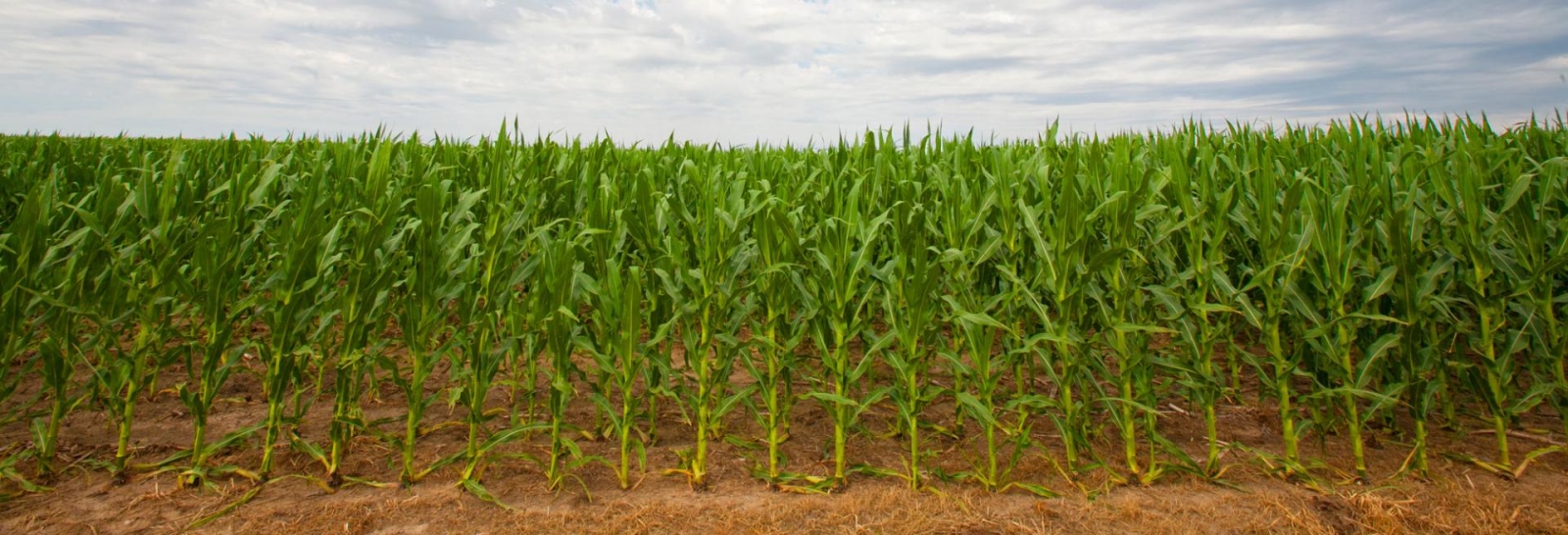December 9, 2008
Gary Zoubek, Extension Educator
Aaron Nygren, Extension Educator
Added profit: $18.75/acre
Based on 28 pounds of nitrogen saved at $0.67/pound per each additional percent of organic matter in the soil for a field with a yield goal of 200 bushels (see Example 1)
The percent organic matter of the soil is a factor used by the University of Nebraska-Lincoln to make fertilizer recommendations for nitrogen fertilization in corn. Farmers, particularly those with high organic matter in their soils, need to encourage their soil test laboratories or crop consultants to take into account the nitrogen from soil organic matter when recommending nitrogen for corn. When nitrogen rates are based on a realistic yield goal, soil nitrates, legume credits, and potential nitrogen release from organic matter, nitrogen recommendations are reduced and fertilizer nitrogen is saved.
Mineralization
One nitrogen source that is often forgotten is the mineralization of soil organic matter. In well-aerated soils, the end products of organic matter decomposition include CO2, NH4, H2PO4, and H20 residues and many other essential plant nutrient elements in smaller quantities. Mineralization is a microbial process in which soil microorganisms break down soil organic matter. This process requires a conducive soil environment — soil temperature and water content are critical. This process happens regardless of how much nitrogen is applied. Applying extra nitrogen will not stop this release of nitrogen.
Nitrogen is released as ammonium and nitrifies to the nitrate-nitrogen form as soil organic matter mineralizes. Nitrogen mineralization from soil is influenced by soil organic matter content, texture, aeration, temperature, and moisture. With the wide range of interactions that occur among these factors in Nebraska, mineralized nitrogen fluctuates widely. Nitrogen mineralized from a silt loam soil in Nebraska typically will be 50-70 lbs N/acre per year, but can vary from 40 to 100 lbs N/acre. A sandy loam soil, with generally lower organic matter content, will be in the range of 30 to 50 lbs N/acre in an average year, but can vary from 20 to 70 lb N/acre. Soils with more organic matter content will tend to be in the upper part of the range, while soils with low organic matter content will have less mineralization potential.
Does the organic matter credit "work" in Nebraska? One way to approximate the release of nitrogen by soils is to determine how much nitrogen is removed in a crop that is not fertilized. At UNL's Haskell Agricultural Laboratory in Concord, three long-term studies being conducted by soil scientist Charles Shapiro include control treatments with zero nitrogen rates, as shown in Table 1. All three studies have been dryland continuous corn since at least 1988 and have had no supplemental nitrogen since then. The UNL equation cuts off soil organic matter credit above 3.0%, which is why there is the 40 in parenthesis in the last column. Without the cutoff, the actual nitrogen credit is shown. Compare the last column, lbs N predicted from N release, to the lbs N in grain, actual column, which is calculated using 0.7 lbs nitrogen per bushel of corn. In all cases the actual uptake by corn is greater than predicted. This indicates that the equation underestimates nitrogen release. This is planned to account for variations in year to year mineralization to ensure that yields do not suffer in a year with low mineralization. Table 2, from NebGuide G174, Fertilizer Suggestions for Corn, is based on research conducted in Nebraska and shows how soil organic matter relates to recommended nitrogen fertilization rates. As soil organic matter increases up to 3%, the recommended nitrogen rate is decreased according to the yield and residual nitrate nitrogen level. Nebraska Nitrogen Calculator Recommendations The UNL Corn Nitrogen Calculator for Nebraska (Example 1), credits soil organic matter mineralization for contributing to crop uptake of nitrogen. The credit is calculated by taking a constant of 0.14 by the percent soil organic matter (up to 3%) by the yield goal. The yield goal is included in the calculations to account for increased soil organic matter mineralization that occurs when conditions are favorable to high corn yield. In the example, an irrigated field with a 200-bushel per acre yield goal would have a recommended nitrogen rate of 197 lbs N/acre with no organic matter credit, 169 lbs N/acre with 1% organic matter, 141 lbs N/acre with 2% organic matter, or 113 lbs N/acre with 3% organic matter. These yields would be prior to adjusting for application timing or corn to nitrogen price ratio. This calculator is available on the Web at soilfertility.unl.edu.
Related LinksContact Us
CropWatch Published by EdMedia, IANR © 2014 University of Nebraska–Lincoln · Lincoln, NE 68588 · 402-472-7211 · About UNLThe University of Nebraska–Lincoln is an equal opportunity educator and employer. For current job openings, visit employment.unl.edu UNL web templates and quality assurance provided by the Web Developer Network This site is hosted by Educational Media UNL Home Big Ten Website CIC Website TIPS Incident Reporting Some parts of this site work best with JavaScript enabled. |
||||||||||||||||||||||||||||||||||||||||||||||||||||||||||||||||||||||||||||||||||||||||||||||||||||||||||||||||||||||||||||||||||||||||||||||||||||||||||||||||||||||||||||||||||||||||||||||||||||||||||||||||||||||||||||||||||||||||||||||||||||||||||||||||||||||||||||||||||||||||||||||||||||||||||||||||||||||||||||||||||||||||||||||||||||||||||||||||||||||||||||||||||||||||||||||||||||||||||||||||||||||||||||||||||||||||||||||||||||||||||||||||||||||||||||||||||||||||||||||||||||||||||||||||||||||||||||||||||||
